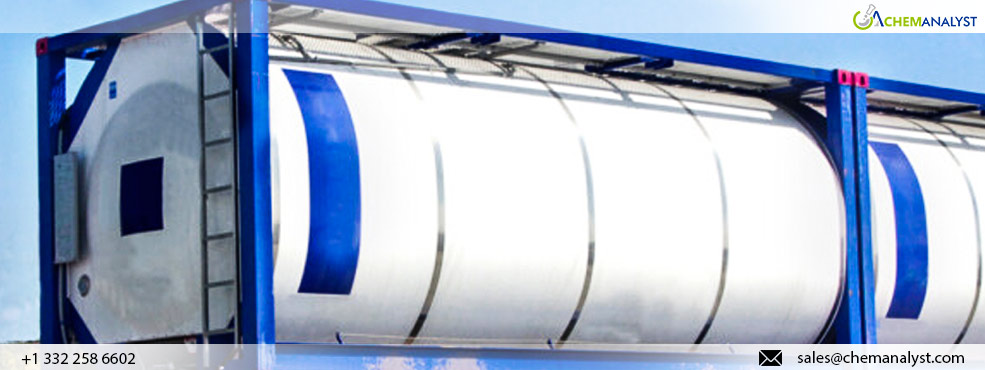Welcome To ChemAnalyst

Hamburg, Germany: The Acrylic Acid market in European region is stable, with most countries maintaining consistent trends. However, Germany stands out as an exception, experiencing a downward trend. This decline is primarily due to the weak performance of the downstream construction enterprises, which affected related sectors such as paints and coatings which significantly impacted the demand for the Acrylic Acid market.
In the German market, Acrylic Acid prices are exhibiting a bearish trend. During the week ending on June 21st, prices fell by 0.71%, settling at USD 1380/MT (FD-Hamburg). Market participants report that current inventory levels of Acrylic Acid are adequate, but demand from the downstream coating and construction sectors remains weak. As one of Europe's largest economies, Germany's construction sector is showing signs of contraction. Over the past week, construction activities remained stagnant on the lower side, mirroring broader economic uncertainties and market challenges. Supporting the Acrylic Acid market is the low production cost, driven by a decline in feedstock Propylene prices.
Germany's property sector had flourished for years, bolstered by favorable economic conditions such as low interest rates, affordable energy prices, and a strong overall economy. This environment supported a booming construction industry. However, the recent surge in inflation dramatically altered this landscape. In response, the European Central Bank raised borrowing costs, making real estate financing much harder to secure. This swift shift led to project delays and financial challenges for major developers, significantly affecting the industry which has declined the demand for Acrylic Acid as well, lowering the prices of the commodity.
The drop in building permits is a major obstacle to Germany's ambitious target of constructing 400,000 new apartments annually. Industry leaders are raising alarms about this worrying trend in the housing sector. Tim-Oliver Mueller, head of the German Construction Industry Federation, notes that the number of building permits for apartments has been steadily declining since May 2022. This persistent decrease is making it more challenging for Germany to meet its housing demands, potentially resulting in a future shortage.
The German construction industry is urging the government to intervene and address its current challenges. Implementing measures to ease access to financing, incentivize construction, and streamline permitting processes could be essential for reviving the industry. The government's response to these appeals will be pivotal in determining the future of Germany's housing market and its capacity to meet the needs of its expanding population.
According to ChemAnalyst, the Acrylic Acid market is expected to experience a bearish trend in the coming weeks. This downturn is largely due to the sluggish performance of the downstream construction and coating sectors affecting the Acrylic Acid market. As these sectors slow down, the demand for Acrylic Acid is likely to decrease, contributing to the market's anticipated bearish trend.
We use cookies to deliver the best possible experience on our website. To learn more, visit our Privacy Policy. By continuing to use this site or by closing this box, you consent to our use of cookies. More info.
